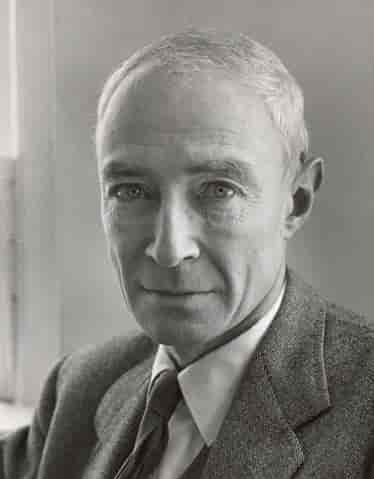Isaac Newton was a brilliant English mathematician, physicist, astronomer, and theologian, widely regarded as one of the most influential scientists in history. Born on January 4, 1643, in Woolsthorpe, Lincolnshire, England, Newton made groundbreaking contributions to various fields of science and mathematics.
His most famous work includes:
Laws of Motion: Newton formulated the three laws of motion that laid the foundation for classical mechanics. These laws describe how objects move and interact with forces.
Law of Universal Gravitation: He proposed that every mass attracts every other mass in the universe with a force proportional to the product of their masses and inversely proportional to the square of the distance between their centers. This law explains the force of gravity and the motions of celestial bodies.
Calculus: Newton, along with German mathematician Gottfried Wilhelm Leibniz, independently developed calculus, a fundamental mathematical tool used in various scientific and engineering fields.
Newton’s work revolutionized scientific thought and laid the groundwork for modern physics. He published his most famous work, “Philosophiæ Naturalis Principia Mathematica” (Mathematical Principles of Natural Philosophy), in 1687, where he detailed his laws of motion and universal gravitation.
Beyond his scientific achievements, Newton served as a professor at the University of Cambridge and was later knighted for his contributions. He was also involved in alchemy and religious studies, exploring various theological and biblical interpretations.
Isaac Newton passed away on March 31, 1727, leaving an indelible mark on the scientific world and shaping the way we understand the laws of the universe.
Isaac Newton’s three laws of motion are foundational principles in classical mechanics, describing the behavior of objects in motion. They are:
First Law (Law of Inertia): An object at rest will remain at rest, and an object in motion will remain in motion at a constant velocity unless acted upon by an external force. This law highlights the concept of inertia, which is the tendency of objects to resist changes in their state of motion.
Second Law (Law of Acceleration): The acceleration of an object is directly proportional to the force acting on it and inversely proportional to its mass. Mathematically,
F=ma, where
F is the force applied,
m is the mass of the object, and
a is the acceleration produced.
Third Law (Law of Action-Reaction): For every action, there is an equal and opposite reaction. When one object exerts a force on a second object, the second object exerts an equal and opposite force on the first object. This law explains interactions between two objects and the forces they exert on each other.
These laws form the basis of classical mechanics, providing a framework to understand and predict how objects move and interact under the influence of forces. They are fundamental in physics and have widespread applications in various scientific fields and engineering disciplines.









